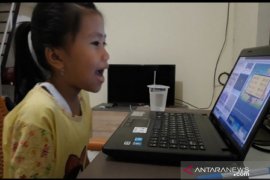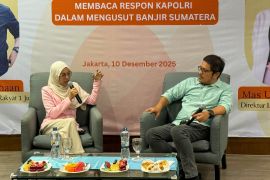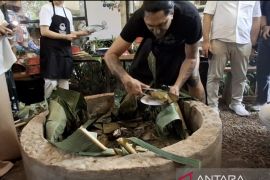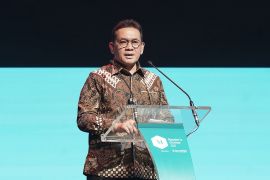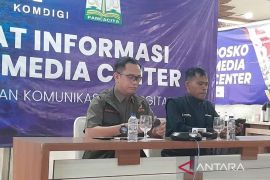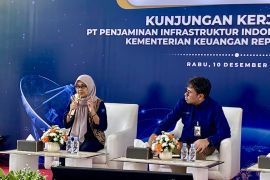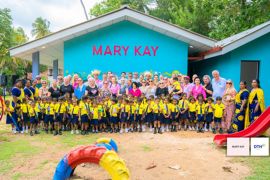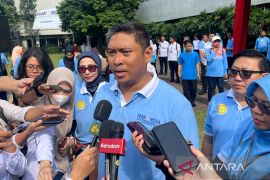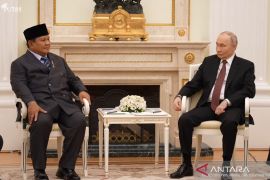The ministry's Director General of Vocational Education Tatang Muttaqin explained several key differences between the two, particularly in the use of online platforms to support the learning process.
“Unlike online education during the COVID-19 pandemic, when face-to-face interaction was not allowed and we had to rely solely on online media, the current program emphasizes blended learning,” he remarked here on Monday.
In the podcast titled "Distance Learning Education: Building Equal Access to Education in the Digital Era," he explained that the ongoing pilot distance learning program at the Indonesian School of Kota Kinabalu (SIKK) in Malaysia allows students to engage in face-to-face learning with teachers during scheduled visits.
Related news: A glimpse of youth learning, self-development amid pandemic
He noted that the timing of these visits is arranged through an agreement between the main school and the school implementing the remote learning program, enabling at least one visit per week.
To optimize the students' mastery of the learning material, the ministry has developed a Learning Management System (LMS) containing stage-by-stage teaching materials accessible to students.
With the LMS in place, Muttaqin stated that students can prepare by reading the materials in advance, before receiving direct instructions from teachers, either online or during face-to-face meetings during visits.
“Hence, distance learning education utilizes both synchronous and asynchronous methods. The synchronous method is when students meet online or in person during weekend visits to learn key points," he explained.
Meanwhile, the asynchronous method involves students receiving learning materials in advance, which must be read, completed, answered, and practiced before scheduled sessions.
Related news: Ministry targets inclusive distance learning for remote communities
Translator: Hana, Kenzu
Editor: Rahmad Nasution
Copyright © ANTARA 2025

